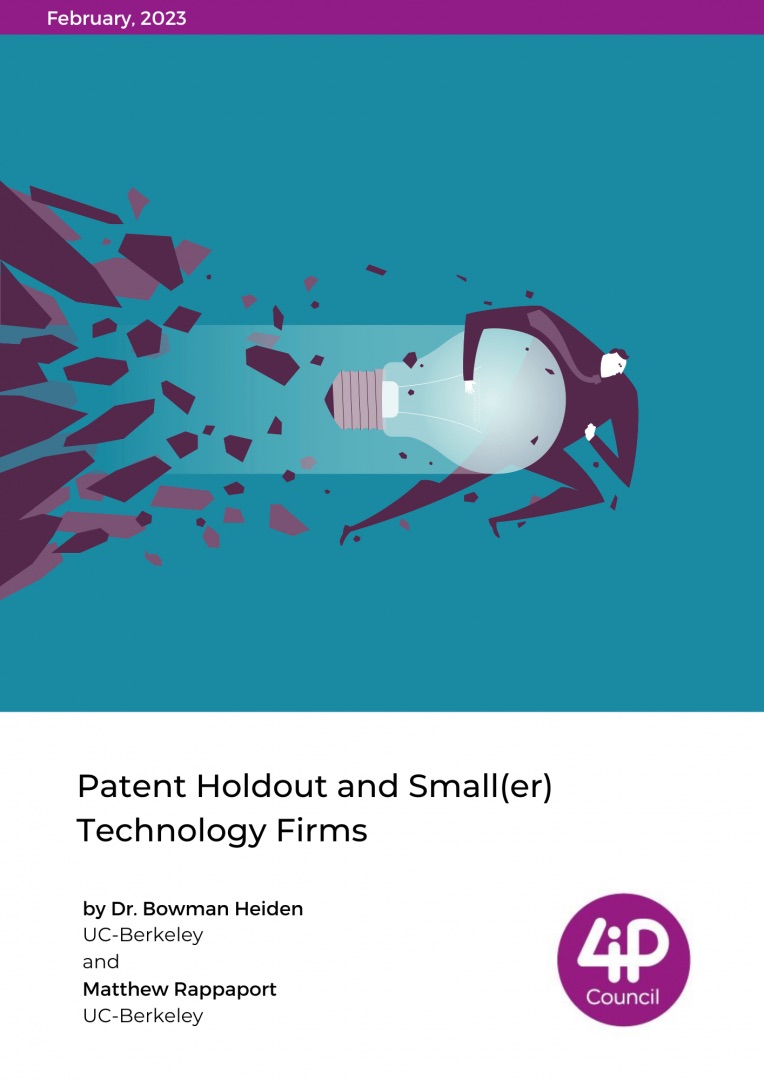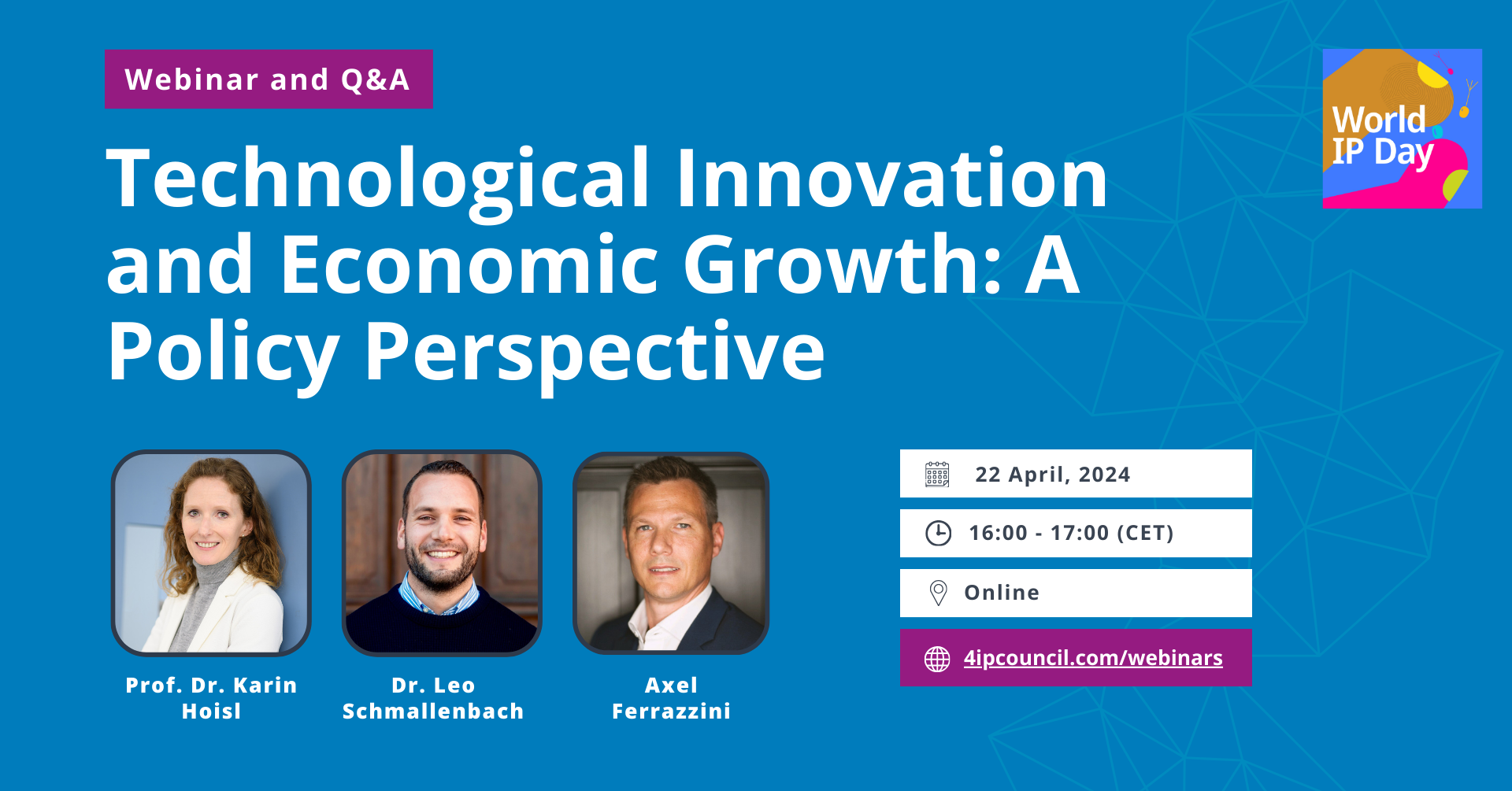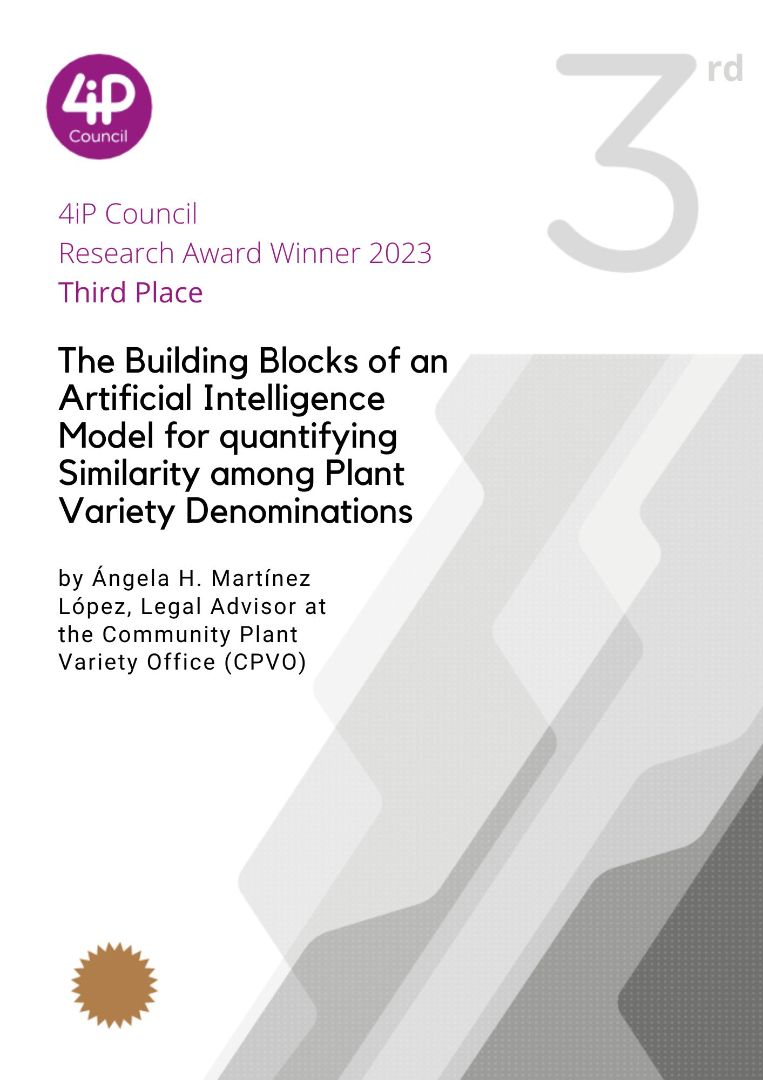Patent Holdout and Small(er) Technology Firms
Bowman Heiden and Matthew Rappaport
Abstract
Most of the academic and policy attention in the past two decades has been focused on patent holdup theory that posits how weak patents asserted under the threat of injunctive relief can extract greater value than their true worth. This is peculiar given that the eBay ruling in 2006, and its subsequent interpretation by the courts, has greatly reduced the opportunity for injunctive relief in the US. This study instead investigates the symmetrical theory of patent holdout whereby strong patents asserted in a regime of weak injunctive relief are only able to extract value below their true worth. The focus of the study is on small(er) technology firms (STFs), which are generally understood as critical to economic growth, in contention with much larger incumbent market actors.
The study finds that, because there are no patent police, the high cost and long timeframes of US litigation combined with the subjective nature of patentability and infringement create an intrinsic patent holdout bias in the US patent system, especially for (STFs), as the burden of enforcement falls on the patent holder. In addition, this intrinsic bias is exacerbated by recent extrinsic judicial and legislative changes that reduce access to injunctive relief and increase opportunities for invalidity, creating a systematic incentive for patent holdout beyond circumstantial bad-faith behavior by individual actors.
Preliminary statistical results show that (1) both OPCOs and NPEs litigate as a means to settle licensing-based infringement disputes, (2) very few small firms in the past ten years have received court-awarded damages and fewer have ever received an actual payment, (3) the time in litigation ranged from 30-98 months, with most still ongoing, and (4) several $100M+ cases were vacated after years of litigation over legal technicalities that could have been known at the outset. This implies that the more ways a patent holder can potentially lose, the more incentive for patent holdout.
In addition, two case studies were conducted, Sonos v. Google, and Centripetal v Cisco. The results show that (1) both Sonos and Centripetal provide evidence of systematic patent holdout that incentives litigation over settlement, (2) the court in the Centripetal cases also cited badfaith behavior leading to enhanced damages for willful infringement, (3) both STFs and large companies are willing to use the PTAB in litigation (e.g. Sonos as well as Google and Cisco filed IPRs), (4) the result of the appeal of Sonos’ preliminary win at the ITC will provide evidence on whether extra-judicial orders can facilitate settlements in place of traditional court injunctions, and (5) the enhanced damages award in the Centripetal case raises the question as to whether the use of willful infringement can provide adequate remedies in equity for a patent holder and disincentivize patent holdout.
The study also develops an enhanced theoretical framework for patent holdout in the STF context. Further empirical research is required to better measure the systematic scale and systemic economic impact of patent holdout for STFs, especially given that much of the evidence of systemic patent holdout will manifest in STFs unable to litigate, accepting forced settlements, or failing to receive VC investment.







